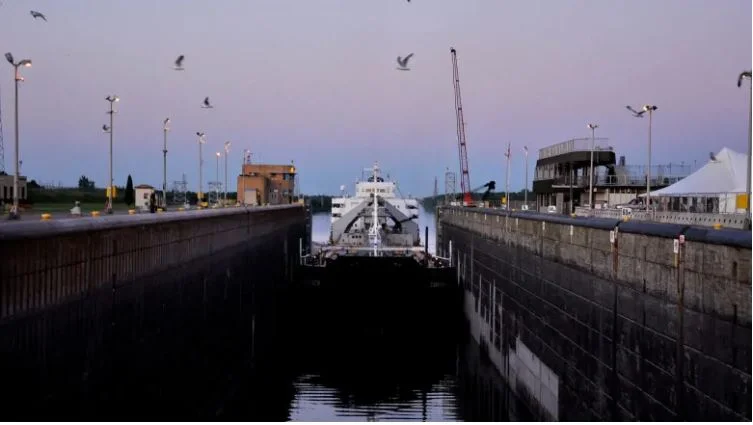You weren't imagining it — last month was an unusually hot and dry July in the Yukon. "Well, it was warmer in June, but boy did [temperatures] ever take off in July," said David Phillips, senior climatologist with Environment Canada. "We saw temperatures in the Yukon that were two to three-and-a-half degrees warmer than normal."
The Anthropocene: Canadian lake mud 'symbolic of human changes to Earth'
Scientists are trying to define a new geological time period to recognise the changes we've made to the planet, and Crawford is their model example. Its sediments have captured fallout from intense fossil fuel burning, and even the plutonium from bomb tests. The muds would be symbolic of the onset of a proposed Anthropocene Epoch.
'It's quite remarkable': Halifax is about to set a record for lack of snow
Halifax hasn't seen any snowbanks or snowplows so far this winter, and the lack of lasting flakes is about to break a record. Saturday will break the record for the latest date into winter without having at least two centimetres of snow on the ground at the Halifax Stanfield International Airport, according to Jim Abraham, president of the Canadian Meteorological Oceanographic Society.
St. Lawrence water levels could wash away more than $1B
Rising water levels in the St. Lawrence Seaway could cost the economy more than $1 billion, shippers and port operators say. A new study from the Chamber of Marine Commerce warns that opening the floodgates further at a dam in Cornwall, Ont., would wash away between $1 billion and $1.75 billion in revenue for businesses on both sides of the border. A board of control recently increased the flow at the Moses Saunders Dam — the only control point on the St. Lawrence Seaway, which includes the Great Lakes — to allow 10,400 cubic metres of water per second out of Lake Ontario.





